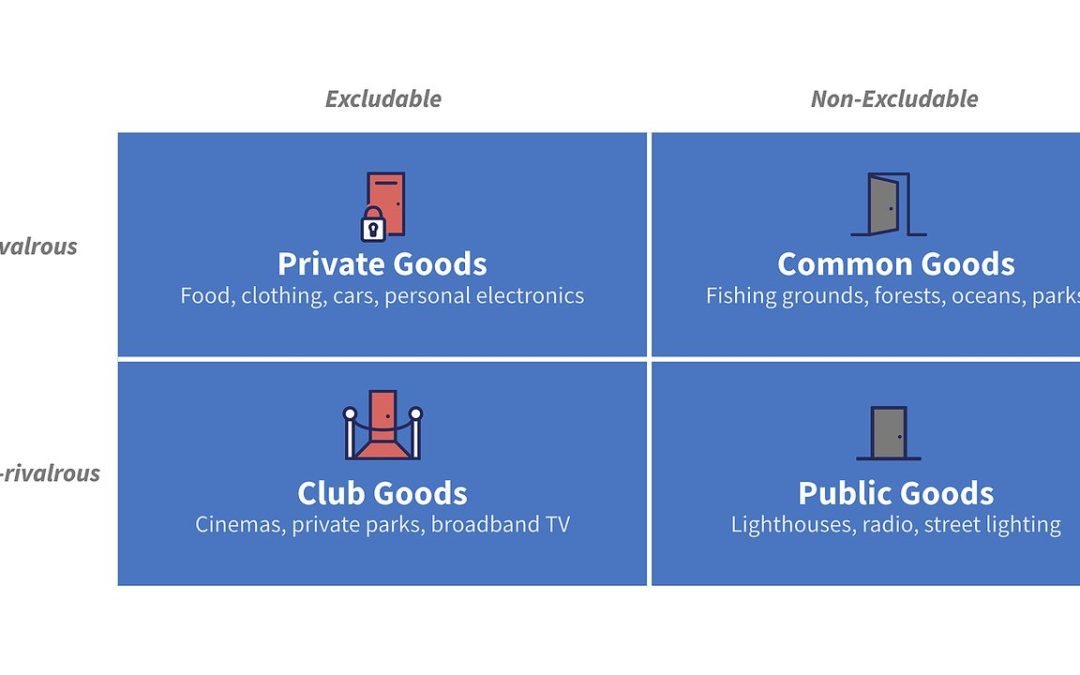Artificial Intelligence (AI) has undoubtedly become an indispensable part of various applications across diverse domains. As AI continues to advance and permeate our lives, the need for explanations becomes increasingly crucial. In many cases, users without technical expertise find it challenging to trust and understand the decisions made by AI systems. This lack of transparency can hinder acceptance and adoption of AI technologies.
To address this issue, Explainable AI (XAI) has emerged as a field of research that aims to create AI systems capable of providing explanations for their decisions in a human-understandable manner. However, a significant drawback of existing XAI methods is that they are primarily designed for technical AI experts, making them overly complex and inaccessible to the average user.
In this paper, the authors present ongoing research focused on crafting XAI systems specifically tailored to guide non-technical users in achieving their desired outcomes. The aim is to enhance human-AI interactions and facilitate users’ understanding of complex AI systems.
The research objectives and methods employed are aimed at developing XAI systems that are not only explainable but also actionable for users. It is crucial for XAI systems to go beyond providing explanations and actually guide users towards achieving their desired outcomes. By doing so, XAI can bridge the gap between technical AI experts and non-technical consumers.
Key takeaways from the ongoing research highlight the importance of simplicity and accessibility in XAI systems. It is essential to strike a balance between providing meaningful explanations and avoiding overwhelming users with technical jargon. By ensuring that explanations are concise, clear, and tailored to the user’s specific context, XAI can truly enhance user understanding and trust.
The implications learned from user studies emphasize the positive impact of XAI on decision-making processes. Non-technical users feel more confident in their interactions with AI systems when they have access to understandable explanations. This increased trust can lead to greater acceptance and adoption of AI technologies in various domains.
Despite these advancements, there are open questions and challenges that the authors aim to address in future work. Enhancing human-AI collaboration requires further exploration in areas such as user-centered design, interpretability metrics, and iterative feedback loops. By addressing these challenges, XAI can continue to evolve and improve, ensuring that AI technologies are beneficial and accessible to users from all backgrounds.
In conclusion, this ongoing research on crafting XAI systems tailored to guide users in achieving desired outcomes through improved human-AI interactions offers valuable insights into the future of AI explainability. By emphasizing simplicity, actionability, and user-centric design, XAI has the potential to enhance transparency and trust, ultimately driving the widespread adoption of AI technologies in various domains.
